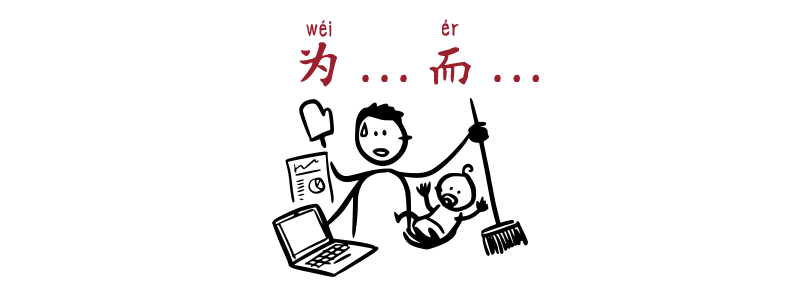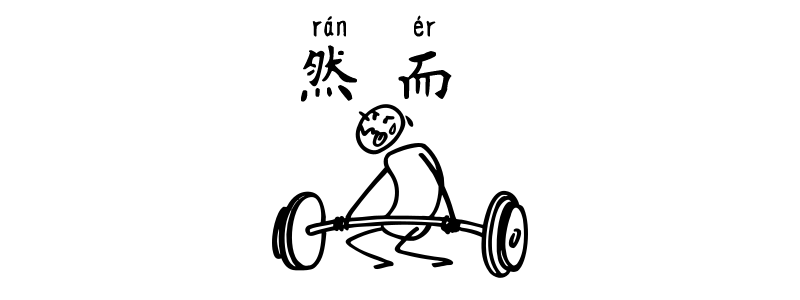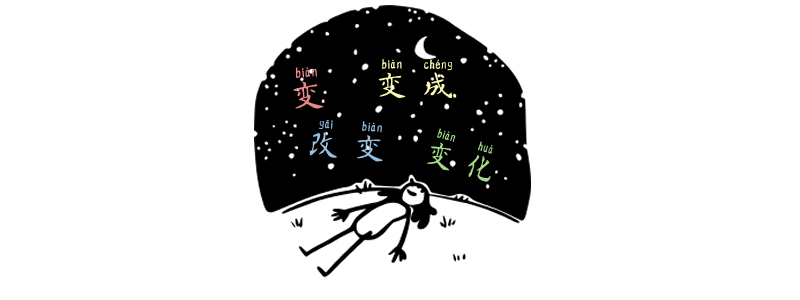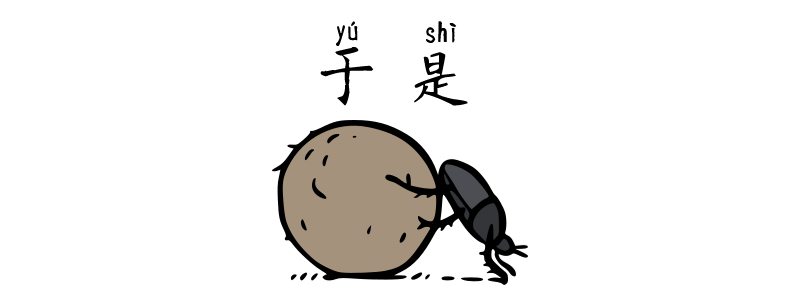Grammar Point:In Chinese, 假如 jiǎrú and 萬万一 wànyī are both used to express conditional or hypothetical situations, similar to “if” in English, but they serve slightly different purposes and tones. Structure 假如 jiǎrú + condition + (就 jiù) + result 假如 jiǎrú is used for hypothetical or imagined scenarios, similar to saying “if” or “in case” in English….
Category: HSK 4
South Africa forces Taiwan to relocate its representative office out of the capital
TVBS新聞網 編譯丘力龍 報導2024/10/22 09:43The original article is here This is the slow version. If you want to listen to the regular broadcasting speed, please adjust to 1.25 speed on the side. 南非要我國代表處遷出首都 非媒警告:台灣「3舉動報復」就慘了 根據南非媒體報導,南非政府疑似在中國的壓力下,以文件通知我國代表處,要求將代表處遷出首都普勒托利亞,且強調「沒有商量的餘地」。 對此,南非媒體報導認為,此舉恐怕會遭到台灣3舉動報復,包含限制晶片出口、限制發放簽證及驅逐在台灣的5千多名南非教師。不少南非國民認為,政府的決定可能導致南非就業和經濟,產生長期且巨大的影響。 目前南非許多汽車組裝、製造商,都非常依賴台灣晶片進口,一旦台灣展開報復限制晶片出口行動,南非仰賴台灣晶片的產業,都會受到嚴重打擊。 生詞 Vocabulary: 句型練習 Sentence Patterns: 閱讀理解問題 Reading Comprehension: 討論題 Discussion Topics: 延伸詞彙 Extended Vocabulary:
“Explaining purpose” – wèi… ér…
Grammar Point:The 為 wèi…而 ér… structure in Chinese is used to explain purpose or reason, similar to saying “for the purpose of” or “in order to” in English. This structure emphasizes why an action is taken or what it’s aimed at achieving. Structure 為为 wèi + Purpose/Reason + 而 ér + Action/Outcome This structure is typically used in written or formal…
“That’s all” in Chinese – 而已 éryǐ
Grammar Point:In Chinese, 而已 éryǐ is used to indicate limitation or emphasize that something is just what it is and nothing more. It’s similar to saying “that’s all,” “just,” or “nothing more” in English. It’s often placed at the end of a sentence to downplay or clarify the significance of something. Structure Statement + 而已 éryǐ 而已…
“Whereas” in Chinese – 而 ér
Grammar Point:The usage of the Chinese conjunction 而 ér can vary depending on the context. In this article, we will focus on its function in contrast (while, whereas), which is often used to show a distinction between two actions, states, or situations Structure Situation + 而 ér + Contrast situation 為什麼wèishénme他tā很hěn高gāo而ér我wǒ很hěn矮ǎi为什么wèishénme他tā很hěn高gāo而ér我wǒ很hěn矮ǎiWhy is he so tall while I’m so short?…
”However“ in Chinese – 然而 rán‘ér
Grammar Point:In Chinese, 然而 rán’ér is a conjunction used to express contrast or a turning point, similar to “however” or “yet” in English. It’s often used in written or formal contexts to introduce a statement that contrasts with the previous one. Structure Statement 1 + 然而 rán’ér + Statement 2 Statement 2 presents information that contrasts with…
既 jì… 又 yòu/ 也 yě… Chinese grammar
Grammar Point:In Chinese grammar, 既 jì… 又 yòu… and 既 jì… 也 yě… are used to express two qualities, actions, or conditions that exist simultaneously. Both structures are similar and function like “both… and…” in English. Structure 既 jì + Adj + 又 yòu + Adj 這zhè件jiàn衣服yīfú既jì好看hǎokàn又yòu暖和nuǎnhuo这zhè件jiàn衣服yīfu既jì好看hǎokàn又yòu暖和nuǎnhuoThis outfit is not only stylish but also warm. 林lín老師lǎoshī的de中文zhōngwén課kè既jì嚴格yángé又yòu無趣wúqù林lín老师lǎoshī的de中文zhōngwén课kè既jì严格yángé又yòu无趣wúqùMr. Lin’s Chinese class…
Synonyms of “change” in Chinese
There are four different ways to talk about change in Chinese, each with its own nuance: 變变 biàn, 改變变 gǎibiàn, 變变化 biànhuà, and 變变成 biànchéng. Each of these terms has its own unique nuance, and understanding these subtleties can help you use them more accurately. 變变 biàn (Verb) 變变 biàn + (得 de + Adv.) + Adj 東西dōngxī都dōu變biàn貴guì了le东西dōngxi都dōu变biàn贵guì了leThings have become…
“And then” in Chinese – 于是 yúshì
Grammar Point:The Chinese conjunction 於于是 yúshì is used to indicate a sequence of events, where the second event is a direct result or natural consequence of the first one. It is similar to “and then,” “therefore,” or “as a result” in English. Structure Event A + 於是/于是 yúshì + Event B It shows a cause-and-effect relationship without…
Yī Measure Word + bǐ + yī Measure Word
Grammar Point:This structure is often used to express that each item in a series or set is increasingly more or less of something. It highlights a trend or progression in comparison. Structure 一 MW + 比 + 一 MW + adj 我wǒ希望xīwàng我wǒ賺zhuàn的de錢qián一年yìnián比bǐ一年yìnián多duō我wǒ希望xīwàng我wǒ赚zhuàn的de钱qián一年yìnián比bǐ一年yìnián多duōI hope that the money I earn increases year by year. 最近zuìjìn的de天氣tiānqì真zhēn是shì一天yìtiān比bǐ一天yìtiān熱rè最近zuìjìn的de天气tiānqì真zhēn是shì一天yìtiān比bǐ一天yìtiān热rèThe weather lately is…









